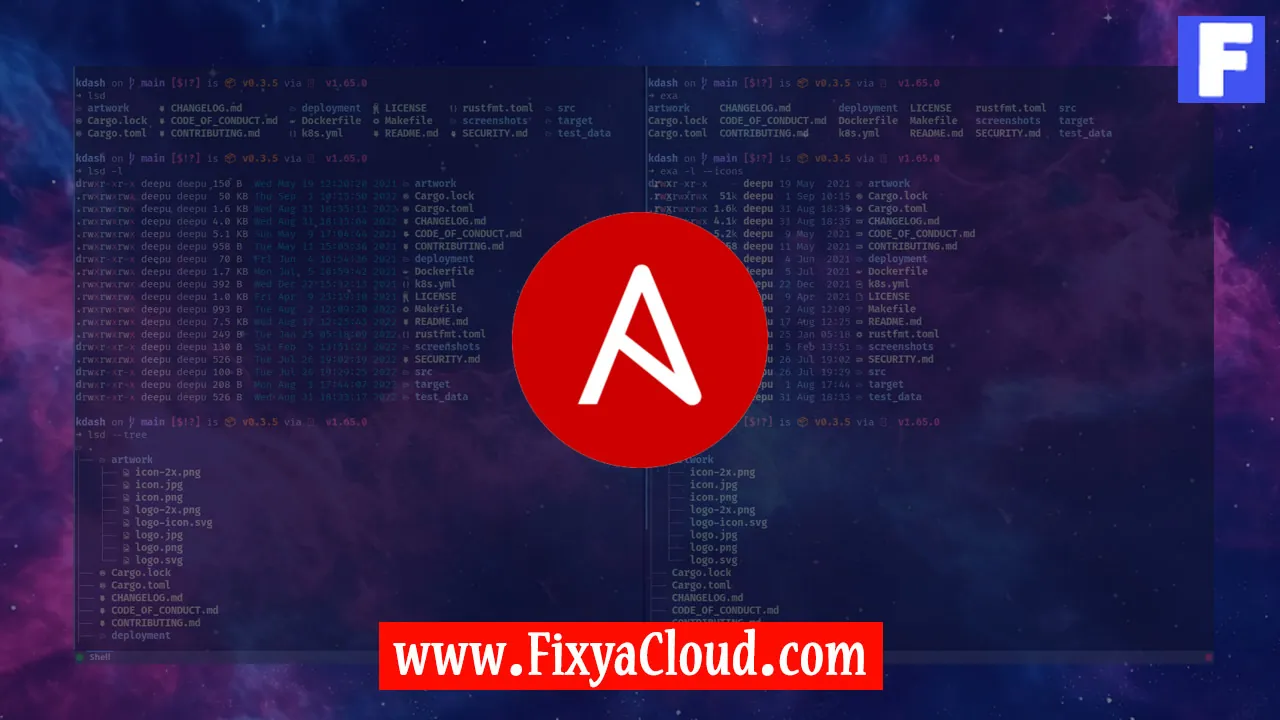The Ultimate Ansible and Jenkins Integration Checklist

In the realm of DevOps, the seamless integration of automation tools is pivotal for achieving efficiency and scalability. Among the power duo of automation, Ansible and Jenkins stand out as formidable allies. This article aims to provide the ultimate checklist for integrating Ansible and Jenkins seamlessly, ensuring a robust and efficient automated workflow.
Setting the Stage:
Before diving into the integration process, ensure that both Ansible and Jenkins are installed and configured correctly. This foundational step is crucial for a smooth integration.Establishing Connection:
Begin by setting up a secure and reliable connection between Ansible and Jenkins. This involves configuring credentials, ensuring proper authentication, and enabling communication channels.Example Command:
ansible all -m pingJenkins Job Configuration:
Create a Jenkins job and configure it to leverage Ansible. This step involves specifying the playbook, inventory file, and other relevant parameters.Example Jenkinsfile:
pipeline {
agent any
stages {
stage('Run Ansible Playbook') {
steps {
ansiblePlaybook(playbook: 'path/to/playbook.yml', inventory: 'path/to/inventory.ini')
}
}
}
}Handling Inventory Dynamically:
Explore dynamic inventory options to keep your infrastructure definition up-to-date. Ansible supports various plugins for cloud platforms and other dynamic inventory sources.Example Dynamic Inventory Command:
ansible-inventory -i path/to/dynamic_inventory_scriptSecrets Management:
Implement secure handling of sensitive information such as passwords and API keys. Leverage Jenkins credentials and Ansible Vault for a robust secrets management strategy.Example Ansible Vault Command:
ansible-vault encrypt secret_file.ymlParameterized Builds:
Enable parameterized builds in Jenkins to enhance flexibility. This allows users to input variables dynamically, providing a customized execution environment.Example Parameterized Build:
parameters {
string(name: 'TARGET_ENV', defaultValue: 'production', description: 'Target environment for deployment')
}Error Handling and Logging:
Implement robust error handling mechanisms and detailed logging to facilitate troubleshooting. This ensures that any issues during the integration process are identified and resolved promptly.Example Jenkins Pipeline Logging:
catchError(buildResult: 'UNSTABLE') {
// Your pipeline steps here
}Scaling for Large Environments:
Optimize your Ansible playbooks and Jenkins configurations for scalability. Consider parallel execution and distributed architectures to handle large and complex infrastructures efficiently.Example Ansible Parallel Execution:
ansible-playbook -i inventory.ini playbook.yml --forks=10
By following this comprehensive checklist, you can achieve a robust and efficient integration of Ansible and Jenkins in your DevOps pipeline. The synergy of these two powerful tools enhances automation, accelerates deployment, and ensures the reliability of your infrastructure.
Related Searches and Questions asked:
That's it for this topic, Hope this article is useful. Thanks for Visiting us.
